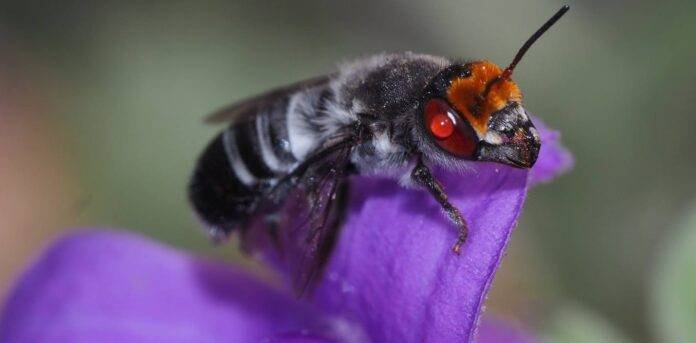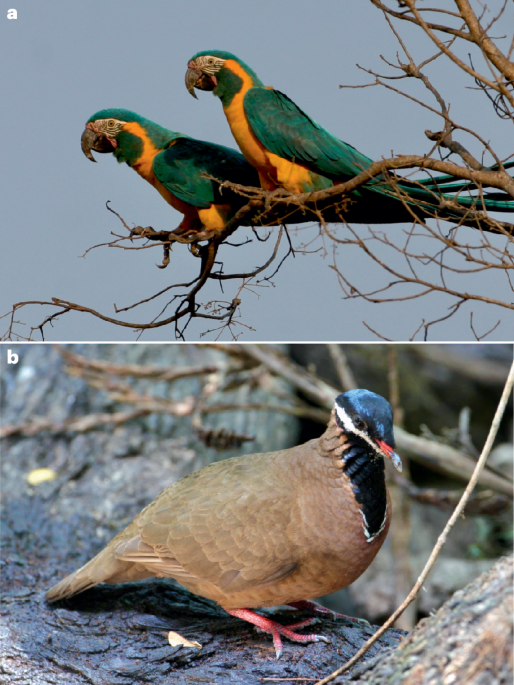Biodiversity research and translation into coordinated conservation efforts requires precise and consistent definitions of diversity. Intuitively, biodiversity metrics pertain to the number of species in a community and their relative abundance. The ecological literature features various diversity indices, such as species richness and the Shannon index. Understanding the relationship between these indices (if any) and how they each quantify the concept of diversity is essential to their use and interpretation. In 1982, Patil and Taillie developed a mathematical framework to conceptualize these uncertainties and constrained relationships between different diversity measures, which led to an improved understanding of the diversity concept.
Diversity pertains to a community rather than to the individual species within, which enables its abstraction as an average property. Patil and Taillie proposed that the diversity of a species community could be interpreted as the average rarity of species. In a highly diverse community, no single species dominates and all species are equally common (or equally rare). Patil and Taillie explored diversity metrics around species relative abundance (pi) to identify common patterns. For example, richness — defined as the number of species — can be seen as the average of rarity defined by 1/pi, a decreasing function of pi. Similarly, averaging rarity defined by −log(pi) yields Simpson’s index. Patil and Taillie demonstrated that any decreasing function of pi could generate a diversity index. This seemingly simple requirement has profound consequences — for example, ensuring that introducing new species always increases the diversity index. Abstracting diversity as the average rarity facilitates the general study of diversity ranking, decomposition and sensitivity to perturbations, independent of specific indices — even for problems outside of ecology where diversity is also important. Patil and Taillie’s unification illustrates the power of the right level of abstraction.






